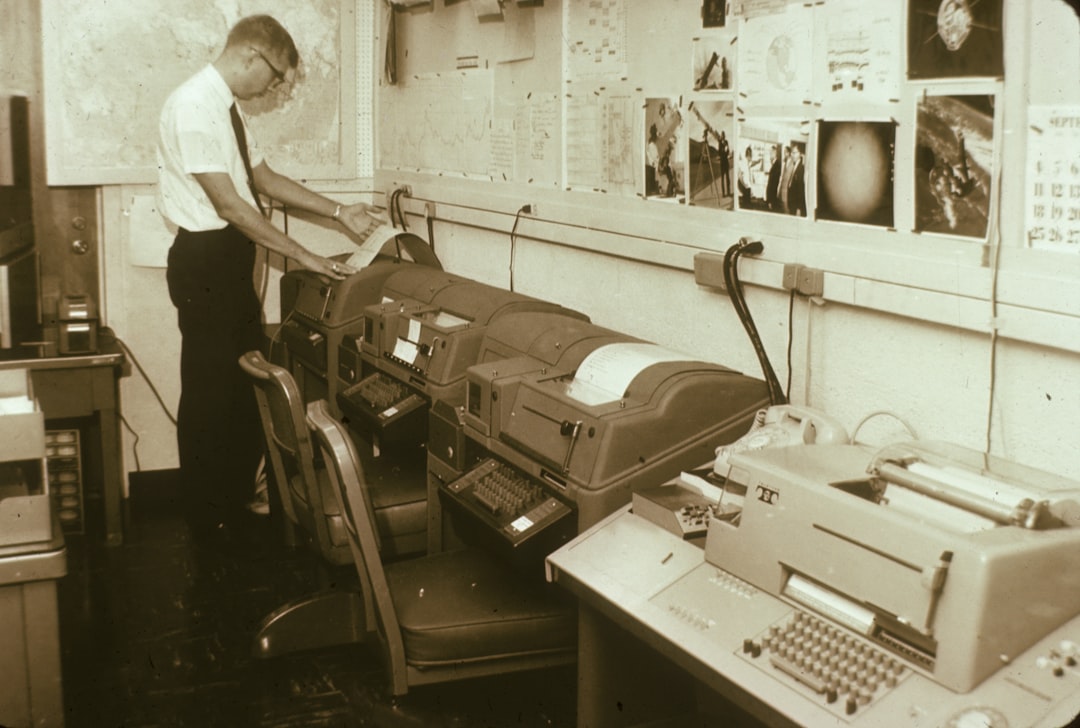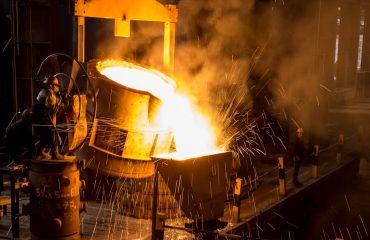body {
font-family: sans-serif;
line-height: 1.6;
}
h1, h2, h3 {
color: #333;
}
img {
max-width: 100%;
height: auto;
display: block;
margin: 20px auto;
}
Understanding the properties of materials is crucial in various engineering disciplines. Mechanical testing, using specialized devices, provides the necessary data to ensure structural integrity, predict performance, and optimize designs. This comprehensive guide delves into the world of mechanical test devices, equipping you with the knowledge to effectively utilize them.
Types of Mechanical Test Devices and Their Applications
Mechanical test devices are categorized based on the type of stress they apply to a material. Common types include:
- Tensile Testing Machines: These machines apply a uniaxial tensile force to a specimen until failure, determining properties like tensile strength, yield strength, and elongation. They are widely used in the testing of metals, polymers, and composites.
- Compression Testing Machines: These machines apply a compressive force to a specimen, measuring its compressive strength and deformation. They are crucial in evaluating the strength of concrete, ceramics, and other brittle materials.
- Universal Testing Machines (UTM): These versatile machines can perform both tensile and compression tests, and often incorporate additional capabilities like bending, shear, and fatigue testing. They are highly adaptable and commonly found in research and quality control labs.
- Hardness Testers: These devices measure the resistance of a material to indentation, providing an indication of its hardness and strength. Common types include Brinell, Rockwell, and Vickers hardness testers.
- Fatigue Testing Machines: These machines apply cyclic loading to a specimen to determine its endurance limit and fatigue life. They are vital in assessing the durability of components subjected to repeated stress.
The choice of testing device depends heavily on the material being tested and the specific properties of interest.
Safe Operation Procedures for Mechanical Test Devices
Safety is paramount when operating mechanical test devices. Adherence to strict safety protocols is essential to prevent accidents and injuries. Key safety measures include:
- Proper Training: Operators must receive thorough training on the specific device they are using, including its operation, safety features, and emergency procedures.
- Personal Protective Equipment (PPE): Appropriate PPE, such as safety glasses, gloves, and hearing protection, should be worn at all times during operation.
- Regular Inspections: The device should be regularly inspected for any signs of damage or malfunction before each use. Maintenance records should be meticulously maintained.
- Emergency Shut-off Procedures: Operators should be familiar with the location and operation of all emergency shut-off switches and procedures.
- Proper Specimen Handling: Specimens should be handled carefully to avoid injury and ensure accurate test results. Damaged or improperly prepared specimens should be discarded.
Ignoring safety procedures can lead to serious consequences, including equipment damage, injury, and even fatality.
Data Acquisition and Analysis in Mechanical Testing
Modern mechanical test devices are often equipped with sophisticated data acquisition systems that record force, displacement, and strain during the test. This data is crucial for determining material properties. Effective data analysis involves:
- Calibration: Ensuring the accuracy of the testing device through regular calibration is essential for reliable results.
- Data Processing: Raw data is often processed to remove noise and artifacts before analysis. Software packages are commonly used for this purpose.
- Stress-Strain Curve Generation: The collected data is used to generate stress-strain curves, which provide valuable information about the material’s elastic modulus, yield strength, ultimate tensile strength, and other important properties.
- Statistical Analysis: Statistical analysis techniques are used to determine the mean, standard deviation, and other statistical parameters of the test results, providing a measure of the variability in material properties.
- Report Generation: A comprehensive report summarizing the test results, including graphs, tables, and analysis, should be generated for documentation and future reference.
Accurate data acquisition and analysis are crucial for drawing meaningful conclusions from the test results.
Troubleshooting Common Issues with Mechanical Test Devices
Despite careful maintenance, mechanical test devices can experience occasional malfunctions. Common issues and their troubleshooting strategies include:
- Inaccurate Readings: This could be due to calibration errors, faulty sensors, or incorrect specimen preparation. Recalibration, sensor checks, and verification of specimen preparation are necessary steps.
- Mechanical Failures: Issues like broken grips, worn bearings, or malfunctioning actuators require immediate attention and may necessitate repairs or replacements.
- Software Glitches: Software errors can lead to incorrect data acquisition or analysis. Software updates, troubleshooting, or contacting technical support may be required.
- Noise in Data: Noise in the data can be due to environmental factors or equipment malfunctions. Filtering techniques and proper grounding can help mitigate noise.
- Specimen Failure Before Expected: This could indicate defects in the specimen, improper test setup, or incorrect testing parameters. Careful review of the test procedure and specimen quality is crucial.
Effective troubleshooting requires a systematic approach, starting with the simplest possible causes and progressively investigating more complex issues.
Choosing the Right Mechanical Test Device for Your Needs
Selecting the appropriate mechanical test device requires careful consideration of several factors:
- Material Type: Different materials require different types of tests and devices. Metals, polymers, and composites have unique characteristics that dictate the choice of testing equipment.
- Test Type: The specific properties to be determined will dictate the choice of testing device (tensile, compression, hardness, etc.).
- Load Capacity: The device’s load capacity should be sufficient to handle the expected forces during testing.
- Accuracy and Precision: The device’s accuracy and precision should meet the required level of detail for the application.
- Budget and Space Constraints: Cost and available space are practical considerations in selecting a mechanical testing device.
Careful consideration of these factors ensures that the chosen device is suitable for the specific application and provides reliable and accurate results.
By understanding the various types of mechanical test devices, adhering to safety procedures, mastering data analysis, and troubleshooting effectively, engineers can leverage these powerful tools to ensure product quality, safety, and performance.
SEO Tags:
mechanical testing, tensile testing machine, compression testing, material testing equipment, universal testing machine




